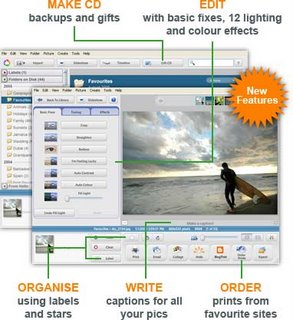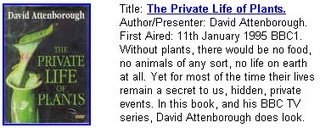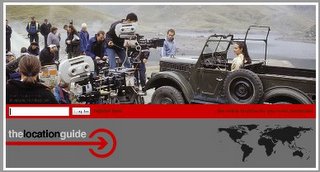Still Images

One of the most common situations in which a member of the public will be engaged head on by wildlife photography is in a gallery. It’s one of the few places that people will go, at little or no cost, with the intention of spending time contemplating the merits of each work. Many will unexpectedly leave with a new appreciation of the natural world.
A Wildlife Photographer of the Year exhibition is one such example, annually touring the globe inspiring thousands. For the people who visit, it may well change their perception of the living organisms with which we share this planet.
Experiences like these personify the role of wildlife photography in promoting conservation issues. It can invoke the will for action. Museums and galleries around the world are a fantastic place to display such imagery, but they are limited to what they can fit inside their walls and by how long it is on display. There is a vast amount of wildlife imagery which is never seen.
Collections of wildlife photography are spread out. Even for those species where it is easy to look up imagery for yourself, some of the most unique photographs may be hidden away. This is where ARKive steps in, aiming to create a safe, centralised digital library of wildlife imagery accessible to anybody.
The aim of these articles is to shed light on the way ARKive works.
Last time, I looked at moving imagery and gave a brief introduction to some of the other key aspects of ARKive. Footage is an invaluable part of the database, but it’s only half the story.
An ARKive Media Researcher hard at work
To obtain the still images that will represent each species, ARKive goes to many of the biggest libraries in the natural history sector of stock photography. Photographers represented by agencies such as Nature Picture Library, OSF, Animals Animals, Ardea, Biosphoto, FLPA and NHPA all generously contribute their work to the project, to name but a few.
However, stock agencies certainly are not the limit of the source material. Indeed, independent donors are as much a part of the project as any of the biggest commercial libraries. ARKive proudly displays the work of over 2500 media donors, ranging from
Sir David Attenborough himself to keen birders, herpers, academics or just about any naturalist with a passion for taking pictures.
So, if it’s not part of a stock library, then Google really is your friend. Even for a particularly tricky species, there’s often a keen enthusiast with a host of images waiting to be tracked down. Case in point, cycads have a surprisingly massive underground following. Communities such as these are full of lively, passionate individuals who are more often than not willing to do their bit for ARKive.
For the most part, licensing issues are a relatively straightforward process. The copyright for every image stays with the owner. The imagery can only be used for display on the website - where the public may download it freely for private or educational purposes, and stored in
ARKive's offline media vault. Of course, that’s a tad simplified, but the licence agreement that is presented to donors is, effectively, an incredibly elongated version of those two sentences (and doesn’t make for great blogging).
Once again, the aim is to create a comprehensive representation of each species’ life history. So as not to over-saturate each gallery, a highly selective approach needs to be taken. For a species which has rarely been seen yet alone photographed, it’s easy - just take what you can get. Things become somewhat more difficult when the subject looks pretty and stands still.
Keeping in mind the archival aims of ARKive, the highest resolution copies are always requested. In this day and age, that constitutes a lot of digital files. Original RAW files contain the most data, and so are preferred. A photographer will usually send this in alongside a processed file which is presented to the world on the website, whilst the RAW file goes safely into the vault.
Sylvia Earle is a vital part of the selection process!
Of course, transparencies form a gigantic part of the photographic records that exist of the natural world. Slides from donors and libraries are used where available. ARKive sends them to an outsourced scanning agency for digitisation at very high resolution. During the process, transparencies are meticulously damage checked several times and at the end, are sent back to their respective donors along with a disc containing the digital copies.
Metadata is recorded in a similar system to that which deals with footage. Once images have been captioned, they are ready to be published on the website. All of the images are credited to the photographer with optional contact details, which has the added benefit of acting as an incentive for donors, whereby ARKive becomes a showcase for their work.
ARKive recently hit a big milestone, reaching over 30,000 images representing more then 4,000 species. In a sense, ARKive is a museum (in a somewhat more digital format). There is certainly a case to say that wildlife imagery has a purpose which supersedes value. Keeping it hidden away or hard to access, would be a terrible shame (I think Indy would be proud).
I had mentioned I would detail some work about species texts, but it seemed a shame to try and squeeze it in here. I’ll take a brief look at that in another instalment.
Rob Morgan
Photos: Ben Roberts




















